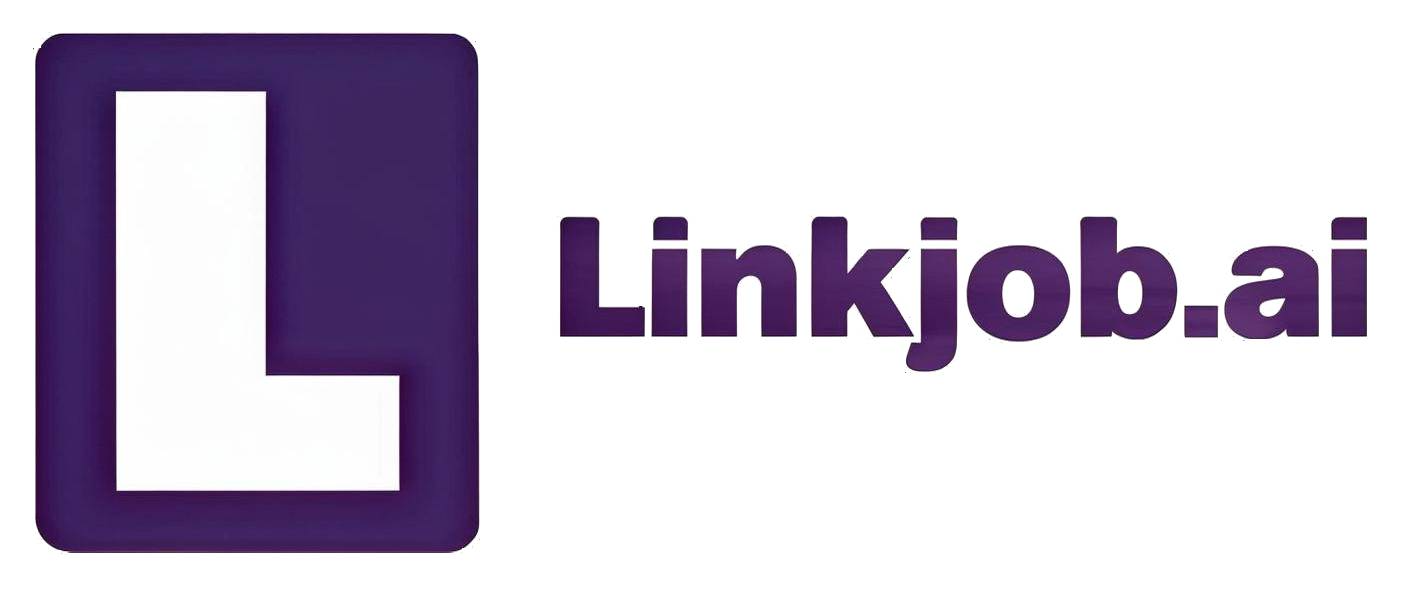My Real Roblox SWE Interview Process and Questions in 2025
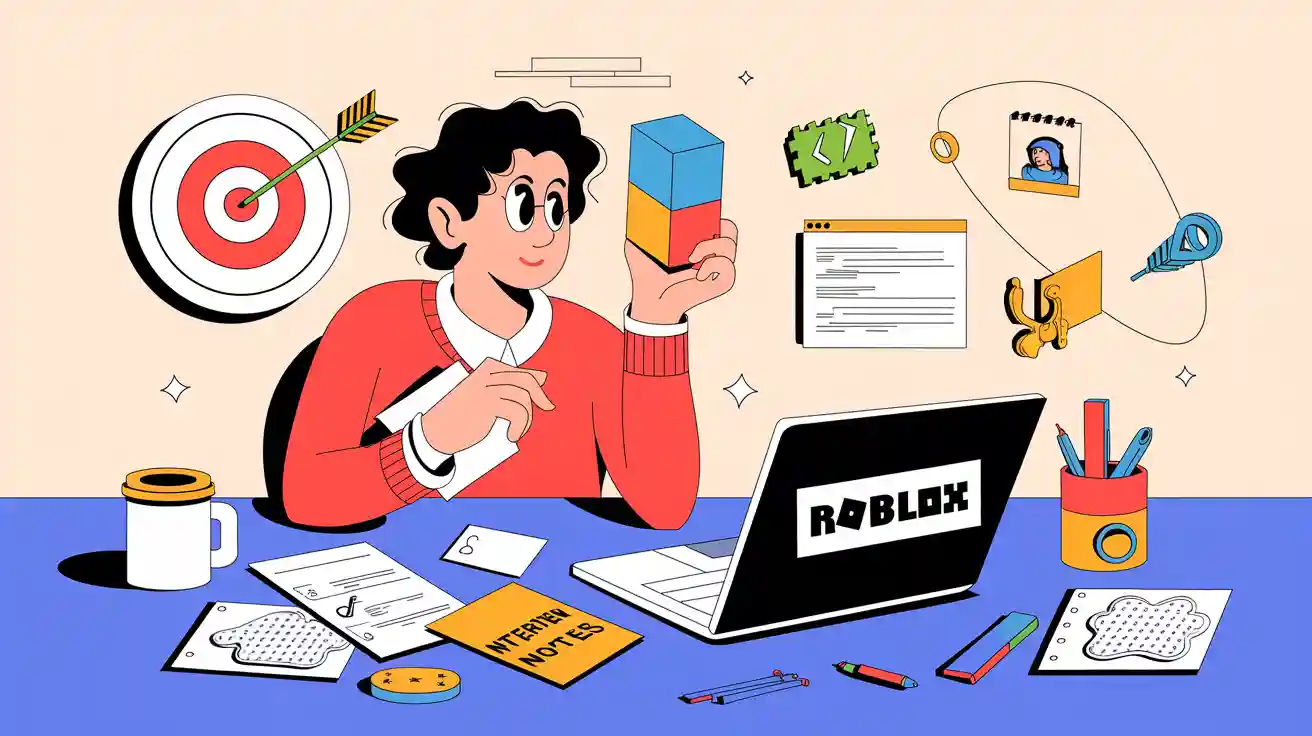
The Roblox software engineer interview is typically divided into several stages: OA, technical screen, and onsite. One unique aspect of their process is that the OA includes two game-based assessments. Another is the heavy emphasis on behavioral questions. There’s even a dedicated 25-minute section in the OA just for BQ.
I am really grateful for the tool Linkjob.ai, and that's also why I'm sharing my entire interview experience here. Having an undetectable AI assistant during the interview is indeed very convenient.
Roblox Software Engineer Interview Process
Online Assessment (OA)
The Roblox Software Engineer OA had four major sections and took a little over two hours in total. It was time-consuming and fairly intense.
Coding (CodeSignal)
There were two coding problems, roughly LeetCode Medium difficulty:
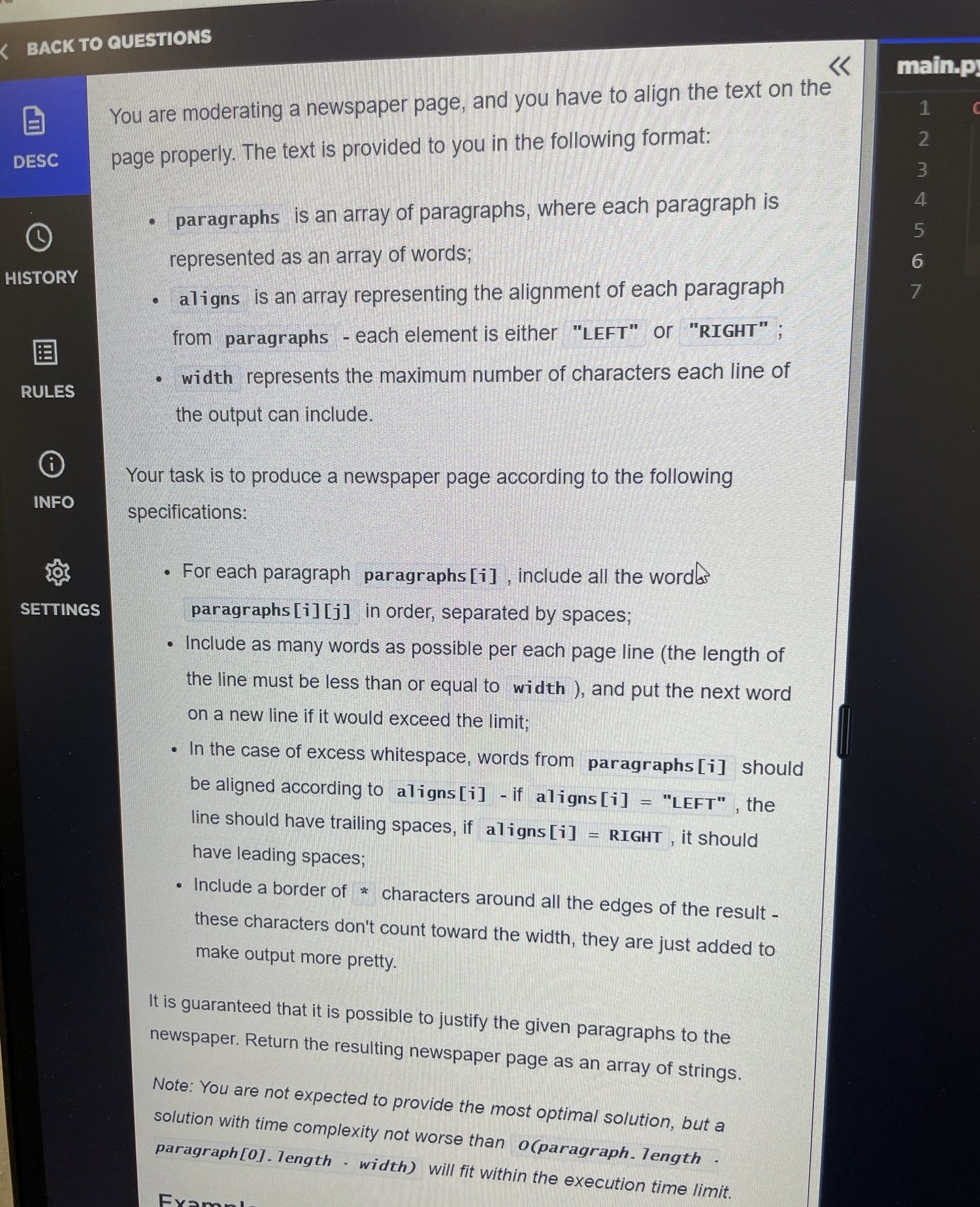
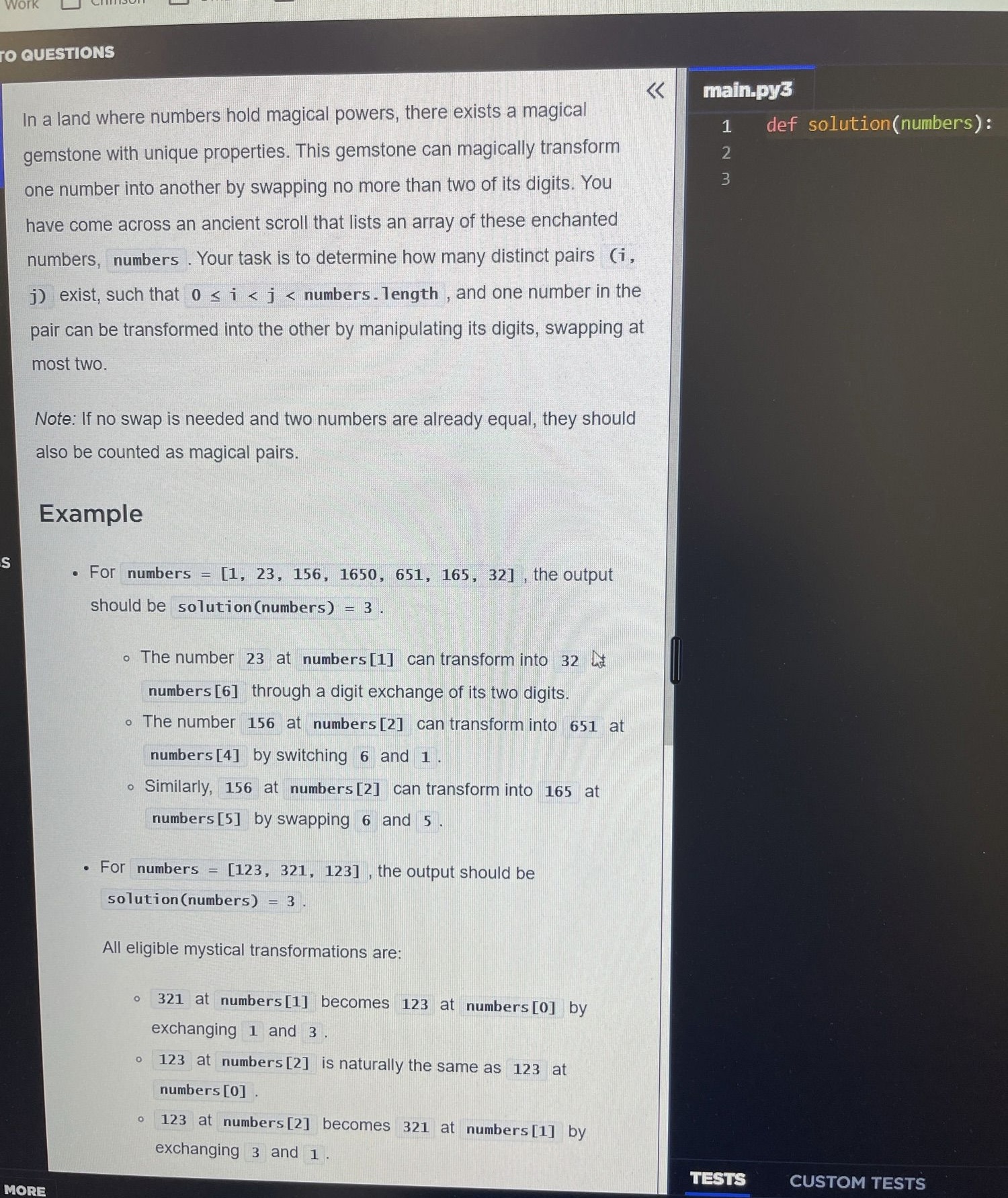
Factory Simulation Game
This was Roblox’s well-known factory optimization game. I had to design a production plan, decide which products to make and in what quantities, while managing raw material allocation. My key strategy was to identify the bottleneck material and then optimize using a formula like output × 2 + input ÷ 2 to maximize throughput.
At the end, I submitted my score (I got 180k points) along with a short write-up explaining my approach.
There was also a factory pipeline simulation, where I had limited time to optimize a production line by experimenting with different setups. My final score depended on the most profitable configuration I achieved.
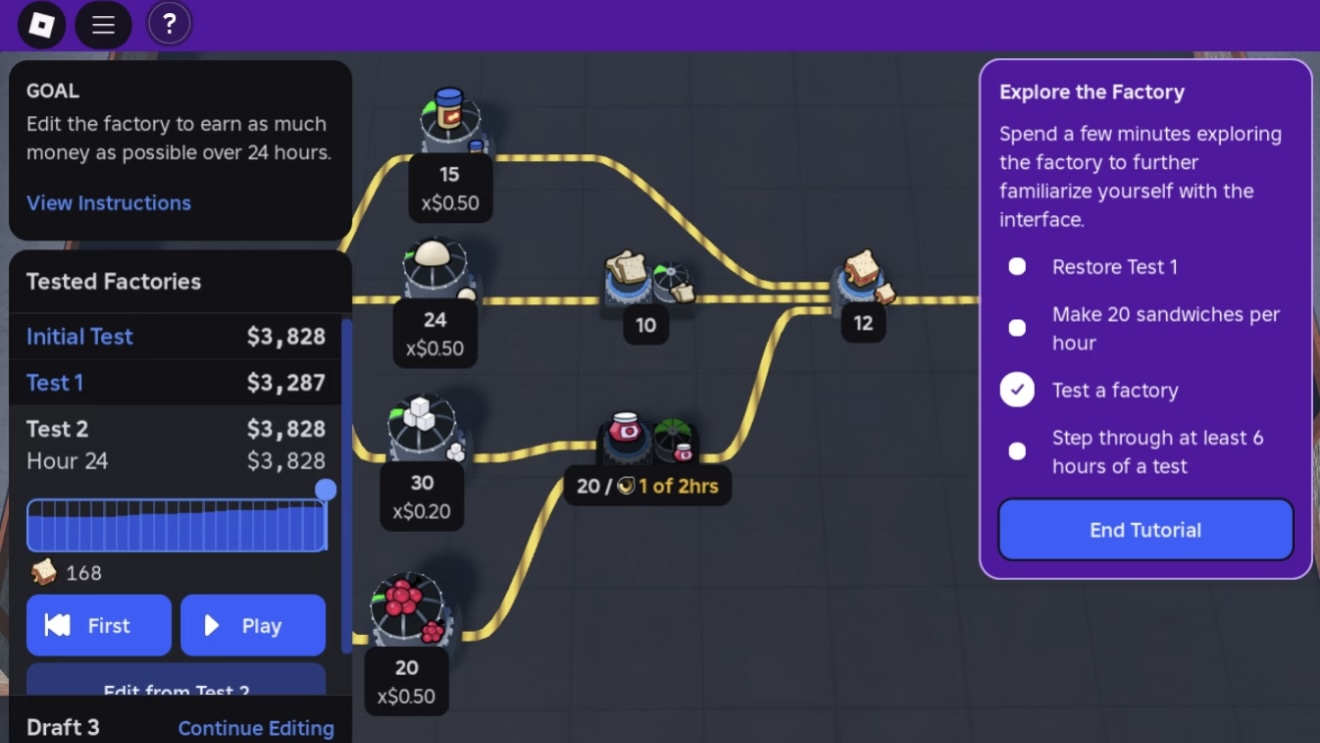
Build-a-Car Game
In this section, I designed cars by assembling different parts to survive a set of obstacle courses. The challenges included bridges, water, missiles, and acid.
My goal was to build as many unique, functional car designs as possible within the time limit. Each part had different capabilities that helped tackle specific terrains. I found this surprisingly fun and creative.
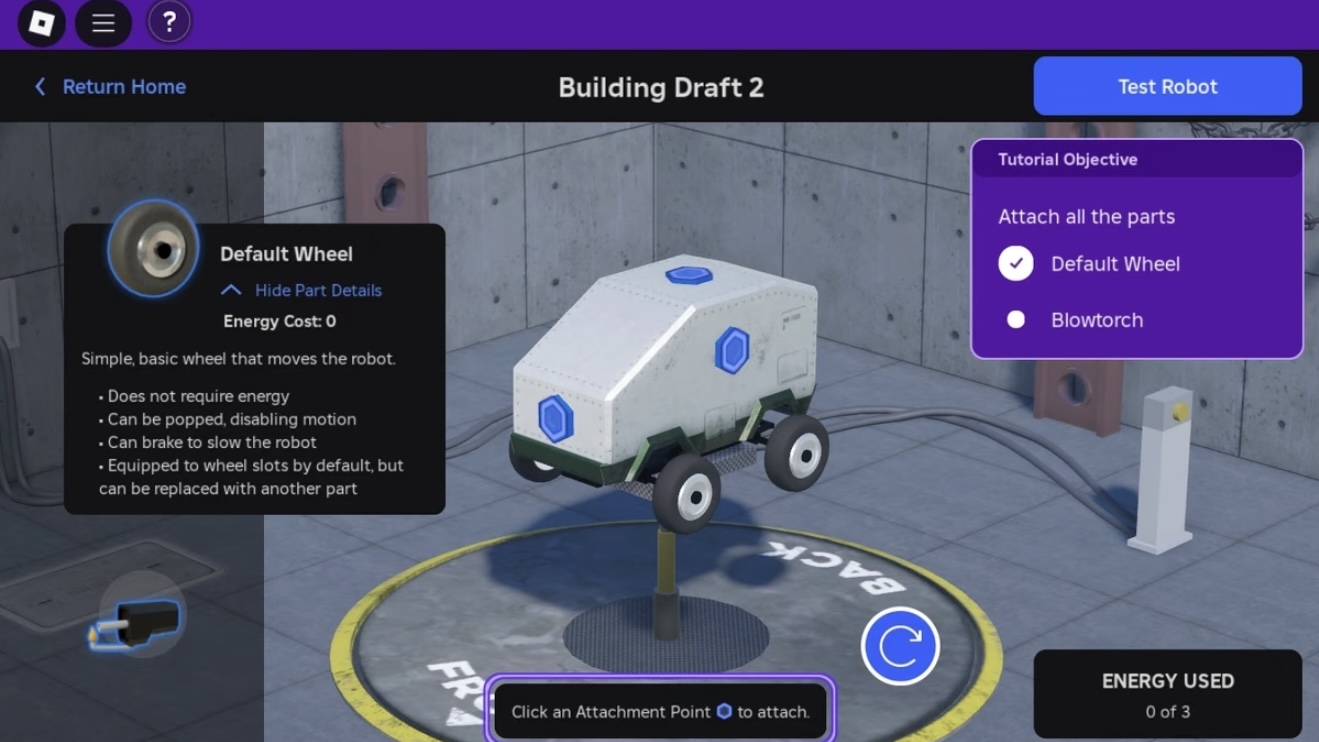
Behavioral Questions (Situational Judgment Test)
This part consisted of multiple-choice behavioral scenarios. For each workplace situation, I had to select the most effective and least effective response.
23 questions in 25 minutes, so time management was tough.
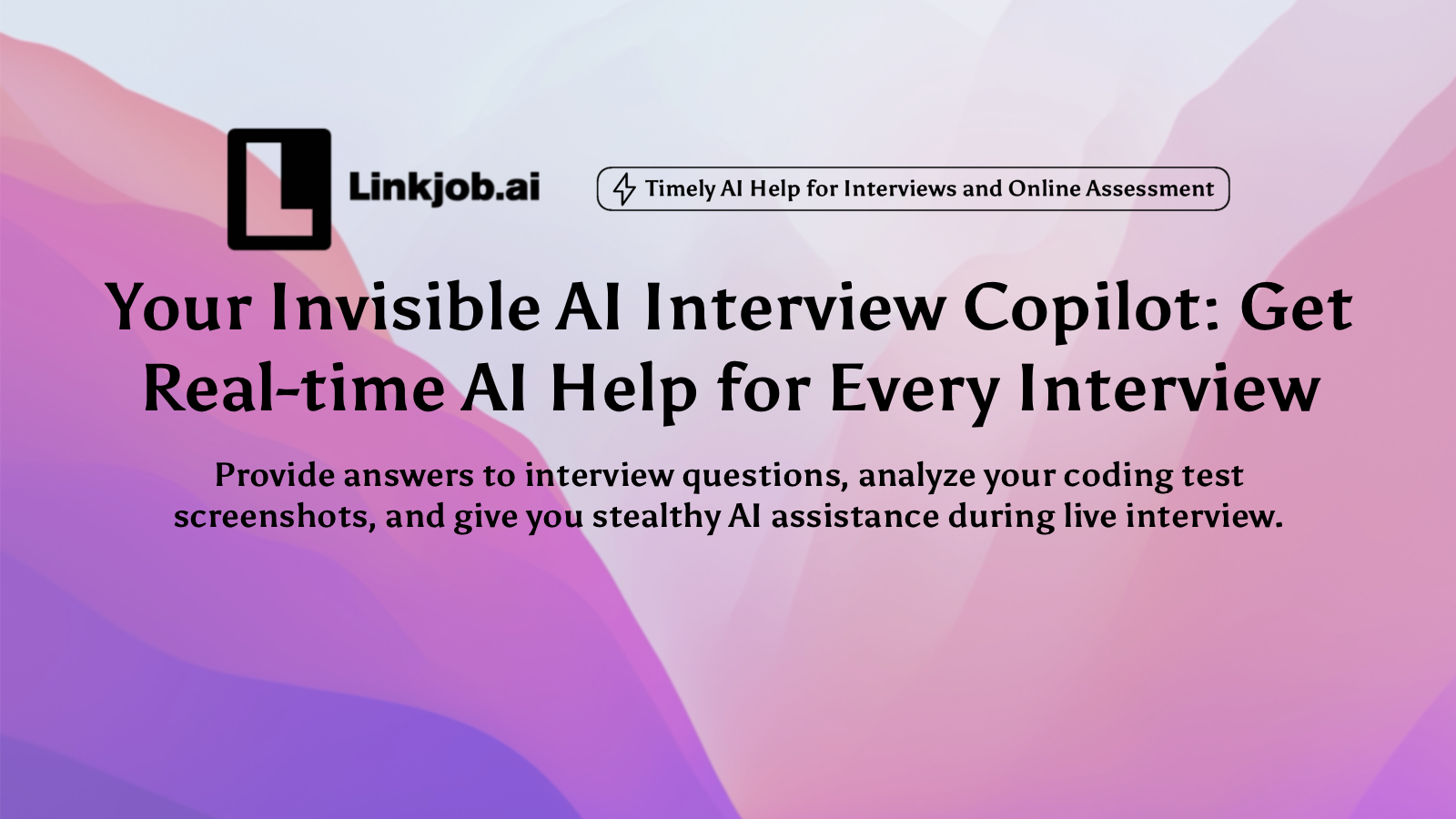
Technical Screen
Given a list of unique strings words. I needed to remove every string that was a prefix of any other string in the list.
A string a was a prefix of string b if b starts with a and the length of a was strictly less than the length of b.
My output contained only the strings from words that were not a prefix of any other string in the list, and I kept their relative order the same as in the original input list.
Constraints:
1 ≤
words.length≤ 10⁴1 ≤
words[i].length≤ 100Each
words[i]consists of lowercase English letters, spaces, or printable characters.All strings in
wordsare distinct.
Example 1:
Input: words = ["a", "abc", "abc hello", "bc"] Output: ["abc hello", "bc"] Explanation:
"a" is a prefix of both "abc" and "abc hello", so it is removed.
"abc" is a prefix of "abc hello", so it is removed.
"abc hello" and "bc" are not prefixes of any other string.
Example 2:
Input: words = ["a", "ab", "abc"] Output: ["abc"]
Example 3:
Input: words = ["cat", "dog", "bird", "fish"] Output: ["cat", "dog", "bird", "fish"]
Onsite
Coding
A software system logs its execution traces as a sequence of program events, where each event records either a function call or a function return. Each entry in the input list traces is one of:
"-> function_name": indicates that function_name has been called and should be added to the call chain.
"<- function_name": indicates that function_name has returned and should be removed from the top of the call chain.
At any point, the call chain represents the list of active function calls, ordered from the first called (bottom) to the most recent (top).
Task: For every function call ("-> function_name"), record the current call chain immediately after the call. Return all recorded call chains.
Example:
Input:
traces = ["-> main", "-> foo", "<- foo", "-> bar"]Output:
[["main"], ["main", "foo"], ["main", "bar"]]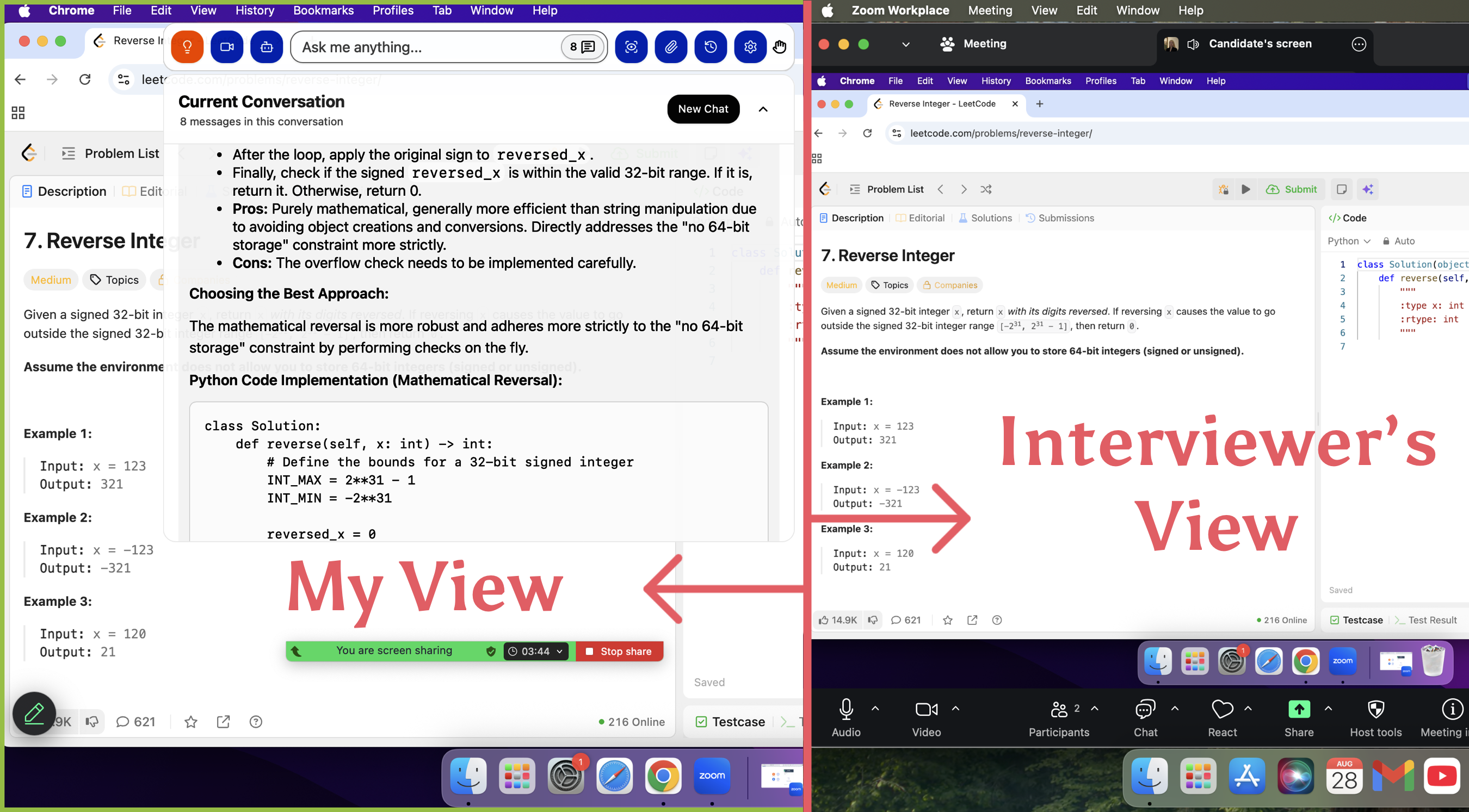
System Design 1: Game Matchmaking System
The first system design focused on building a scalable matchmaking system for Roblox games. The scenario involved 1 million daily active users across many games.
When a user chooses to join a game, they enter a waiting room.
The system uses an API to get the user skill score (0-100) and matches players of similar levels.
You need to define constraints such as maximum waiting time and dynamic group sizes. For example, if there are few players, the system can lower the minimum number of players to start a game.
Other considerations included:
Scalability: The system should handle thousands of concurrent games and bursts of matchmaking requests. A message queue can help process high volumes of match requests efficiently.
Regional distribution: Server clusters exist in different regions, so latency and cross-region connections must be considered.
Client-server interactions: Discuss the communication loop between clients and servers, including how clients are notified when matches are ready.
System Design 2: Delayed Payment System
The second system design focused on a delayed payment system, which allows payments to be scheduled and executed later. Key points included:
Handling peak traffic and identifying potential bottlenecks in the system, then proposing solutions.
Supporting cancellation of scheduled payments safely.
Ensuring idempotency and high QPS (queries per second), so that duplicate operations are avoided.
Discussing how to design the backend to scale efficiently while maintaining data consistency.
Project Deep Dive + Behavioral Questions
In this segment, I was asked to present a complex project I had worked on and discuss its architecture, challenges, and impact. The interviewer also asked behavioral questions, focusing on problem-solving, ownership, and collaboration experiences.
Roblox Software Engineer Interview Questions
When I was preparing for my interview, I also came across experiences shared by other candidates. I’ve organized them by question type for easier reference.
Coding Questions
Question 1: Match-3 Board Detection
Identify horizontal and vertical matches of length ≥ 3 on a match-3 style board.
Approach: Use numeric markers to represent directions. Mark matches by their starting position to avoid duplicates (same “value + direction” being counted twice). Traverse row by row for horizontal matches and column by column for vertical matches, recording all sequences of length ≥ 3.
Question 2: Top 3 Most Frequent API Calls
Given a set of server access logs, find the three API endpoints/resources with the highest call counts in the past week.
Approach: First filter logs based on timestamps to only keep entries within the target time range. Then, iterate through the filtered logs, using the URL as the key and incrementing a counter for each occurrence. Finally, sort the mapping by count and return the top three keys (URLs).
Question 3: Task Scheduling with Dependencies
Analyze a sequence of tasks with resource dependencies and determine whether deadlocks exist.
Approach: Model the dependencies as a directed graph where tasks are nodes and dependencies are edges. Perform a topological sort:
Start with nodes that have indegree 0 (no prerequisites) and add them to a processing queue.
For each node processed, decrement the indegree of its neighbors.
If a neighbor’s indegree becomes 0, add it to the queue.
If all nodes can be processed, no cycles exist. If not, the remaining nodes form a circular dependency (deadlock).
Question 4: Game Leaderboard System
Design a system similar to an in-game leaderboard, supporting player score updates and fast queries of the top K players.
Approach: Use a hash map to store player scores for fast updates. For efficient top-K queries, maintain a balanced tree or skip list keyed by score. This ensures both updates and queries are efficient, though implementation is more complex.
In addition to these problems, Roblox also frequently draws from high-frequency LeetCode questions, so brushing up on those is highly recommended.
Problem Number | Problem Title |
14 | Longest Common Prefix |
91 | Decode Ways |
18 | 4 Sum |
621 | Task Scheduler |
767 | Reorganize String |
362 | Design Hit Counter |
528 | Random Pick with Weight |
1472 | Design Browser History |
10 | Regular Expression Matching |
1197 | Minimum Knight Moves |
207 | Course Schedule |
210 | Course Schedule II |
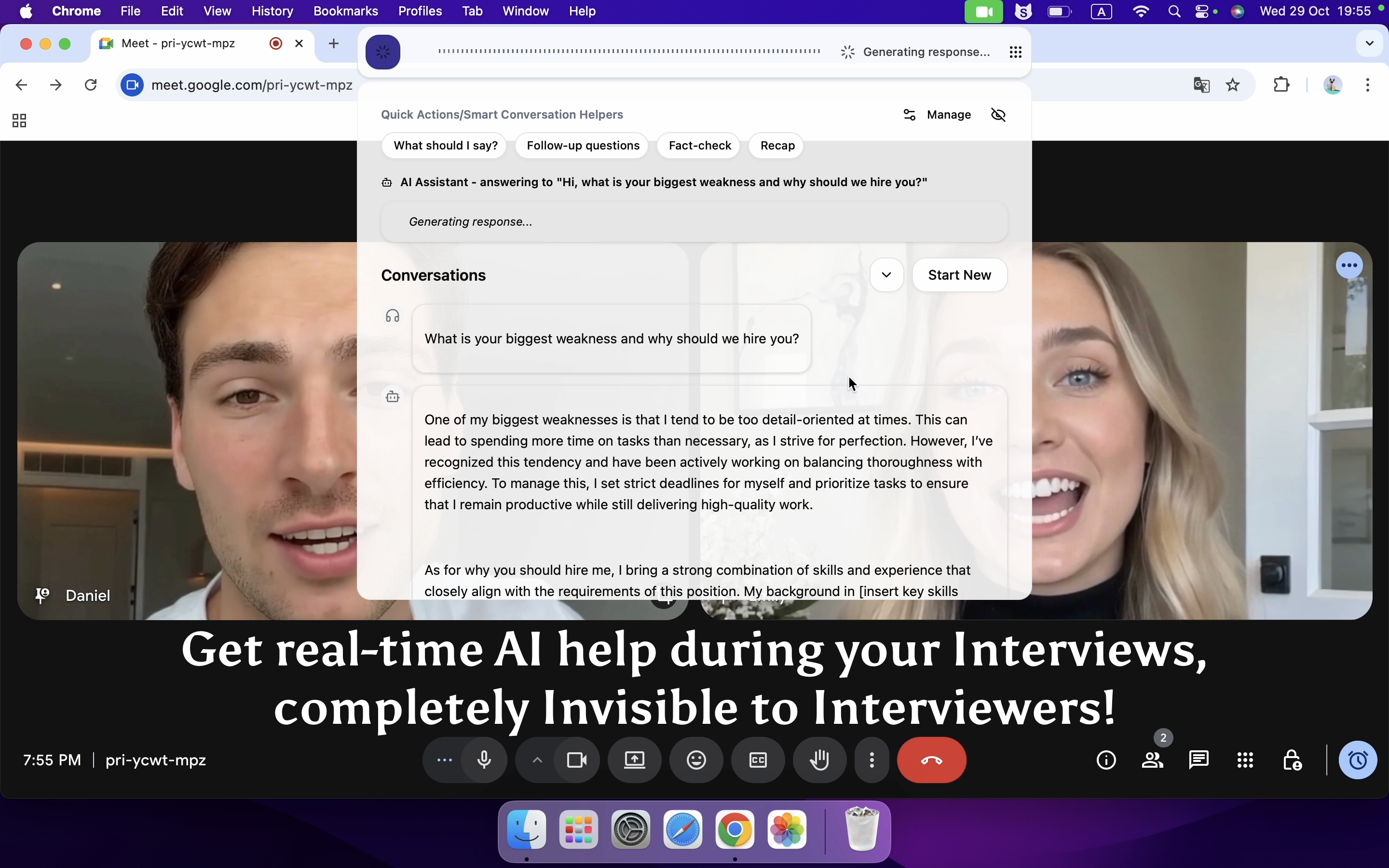
System Design Questions
System Design 1: Collaborative To-Do List System
Design a To-Do list system where users can create, update, and delete tasks. The system should support sharing task lists with other users, enabling collaborative editing in real time. Consider aspects such as concurrency control when multiple users update the same task, access permissions (owner vs. collaborator), data storage, and synchronization across devices. You should also think about scalability for millions of users and reliability in case of server failures.
System Design 2: User Favorites Service
Design a service that allows users to favorite or unfavorite games. The system should support efficient queries, such as retrieving all favorite games for a given user, checking whether a specific (user, game) pair is marked as favorite, and counting the number of favorites for a given game. Consider data modeling, indexing strategies, caching for popular queries, and scalability to handle high read/write throughput. Also think about how to ensure consistency across distributed servers.
Behavioral Questions
1. Tell me about a time you made a short-term sacrifice or investment for a long-term gain.
2. Describe a technical decision you made that significantly impacted users. How did you weigh the trade-offs?
3. How have you handled critical or negative feedback from a user community?
4. Can you share an example of delivering a project under a tight deadline with limited resources?
5. When a project’s actual progress deviates from the plan, how do you respond to ensure the project goals are ultimately achieved?
Roblox Software Engineer Interview Insights
The behavioral interview mainly focuses on telling compelling stories about teamwork, project experiences, and how I handle conflicts. One useful tip is to prepare examples in advance using the STAR model. Ideally, I should build a story bank of 8–10 examples, such as cross-team collaboration, model deployment, or firefighting real-time data issues. Each story should connect back to Roblox’s values of community respect and long-term thinking.
For the coding section, the key is to recognize the type of problem and identify what core skill it’s testing. Once I see the pattern, solving it becomes much easier.
For the technical deep-dive, it helps to study Roblox’s public resources beforehand, especially around real-time analytics pipelines, feature stores, and common game metrics. This way, I can propose practical, scalable extensions during the interview.
FAQ
What surprised you most about the Roblox interview?
The game-based assessment caught me off guard. I expected only coding questions. Instead, I had to show creativity and teamwork. Roblox really wants to see how you think and work with others.
How did you prepare for the coding questions?
I practiced LeetCode problems every day. I also reviewed data structures and algorithms. I wish I had spent more time learning the Roblox API. That would have helped with the game tasks.
What Questions Can I Ask the Interviewer at the End?
At the end of your interview, you’ll usually get a chance to ask questions. This is a great opportunity to show curiosity and engagement, and also to gather insights that help you understand the role and company better. Some examples include:
Team and Role: “Can you tell me more about the team I’d be working with and the types of projects I’d contribute to?”
Company Culture: “What qualities or behaviors do successful employees at Roblox typically exhibit?”
Impact and Goals: “How does this role contribute to the company’s long-term goals?”
Challenges and Opportunities: “What are the biggest challenges the team is currently facing?”
Growth and Development: “What opportunities for learning and growth does Roblox provide for engineers in this role?”
See Also
Roblox CodeSignal OA 2025: What Really Happened When I Took the Test

